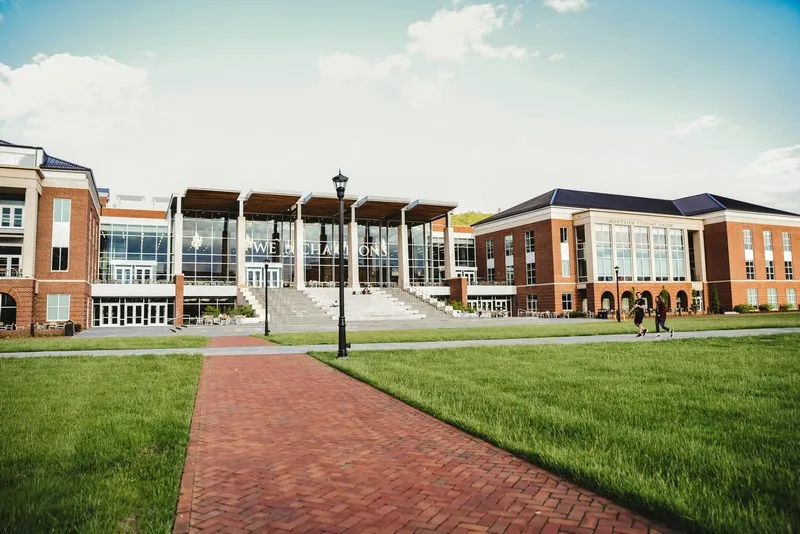In the field of sociology, converter academies have emerged as a significant concept in the education system. This blog post aims to outline and explain the concept of converter academies, their purpose, and their impact on the educational landscape.
What are Converter Academies?
Converter academies are a type of school that has undergone a process of conversion from a maintained school to an academy status. In the United Kingdom, this process is typically initiated by a school’s governing body, which applies to the Department for Education to convert the school into an academy.
Converter academies can be primary or secondary schools, and they are typically funded directly by the government, rather than through the local education authority. This change in funding allows converter academies to have more autonomy in decision-making, curriculum design, and staffing.
Purpose of Converter Academies
The primary purpose of converter academies is to improve educational outcomes and raise standards within the school system. By granting academies greater freedom and flexibility, it is believed that they can respond more effectively to the needs of their students and communities.
Converter academies often have a specific focus or specialization, such as arts, sciences, or sports. This specialization allows them to tailor their curriculum and teaching methods to suit the interests and aptitudes of their students, fostering a more engaging and effective learning environment.
Additionally, converter academies are expected to collaborate with other schools, both within and outside their academy trust, to share best practices and drive educational improvement across the wider system.
Impact of Converter Academies
The impact of converter academies has been a subject of debate among sociologists and educational researchers. Proponents argue that the increased autonomy and flexibility of academies can lead to innovative approaches to teaching and learning, resulting in improved educational outcomes.
Converter academies have the freedom to deviate from the national curriculum and implement alternative teaching methods, allowing for a more tailored education experience. This flexibility enables them to address the specific needs of their students, such as offering additional support for those who require it or providing enrichment opportunities for high-achieving students.
However, critics of converter academies raise concerns about issues of accountability and potential inequalities. As academies have greater autonomy, there is a risk that some may prioritize certain subjects or groups of students over others, leading to disparities in educational provision.
Furthermore, the conversion process itself can be disruptive, as it involves changes in governance, leadership, and management structures. This transition may impact staff morale and student well-being, potentially affecting the overall educational experience.
Conclusion
Converter academies have become an integral part of the education system, offering schools the opportunity to innovate and improve educational outcomes. While the impact of converter academies is still a topic of discussion, their autonomy and specialization provide potential benefits for students and communities.
As converter academies continue to evolve, it is essential to monitor their effectiveness and ensure that they maintain high standards of education while promoting inclusivity and equality.






